Jumping straight into ice-cold water may sound tempting—and it’s certainly the quickest way—but it’s not the safest. Sudden exposure can trigger cold shock, especially for beginners. To get the most out of cold plunging, it’s best to prepare your body gradually.
Table of contents
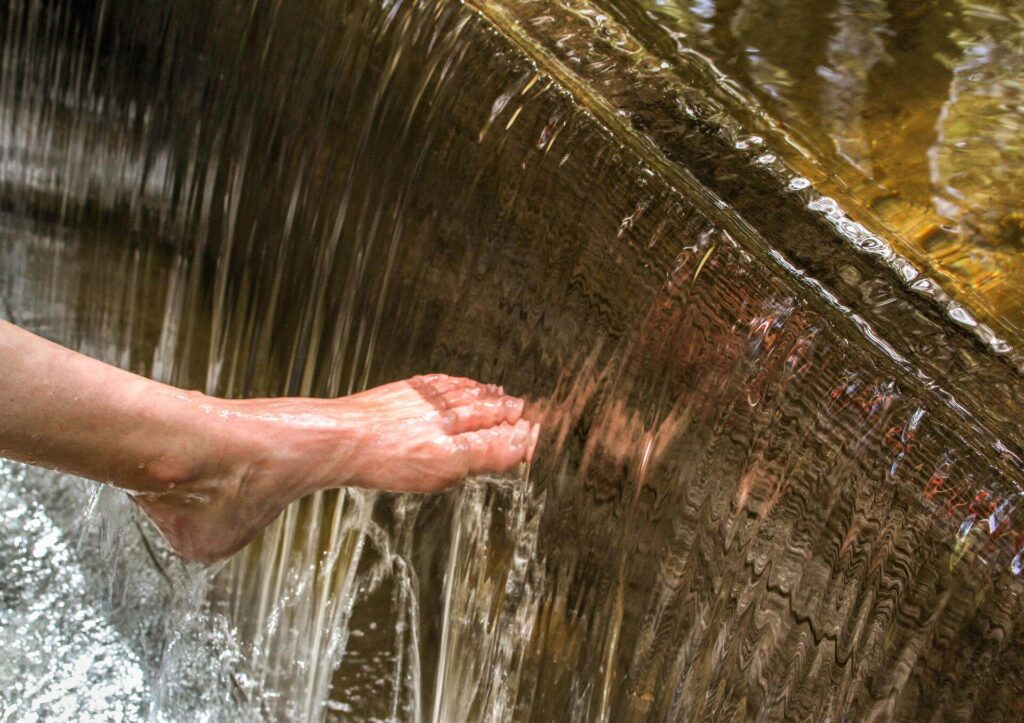
Start with Cold Showers
Cold showers are a classic and very gentle on the body. It stimulates the blood circulation in your body and wakes you up. It’s best to take a cold shower first thing in the morning – it works like a coffee and gives you a relaxed start to the new day. The positive effect lasts throughout the day.
You can start warm, then switch to lukewarm, and after you have washed yourself, take a cold shower for the last 10-30 seconds. Then stop using the warm setting and stop using the cold setting. If you do this for a few days or weeks in a row, you will notice how your body changes and simply tolerates cold better.
If you can easily stand it, you can extend the 30 seconds to 1-2 minutes, and if that works well, then take a completely cold shower. The water from your tap is usually not ice water either; it usually comes out of the tap at a temperature of around 15-20 degrees Celsius. You will notice that there is still room for improvement (or temperature) ;-)
Try Alternating Showers
If taking a cold shower straight away or a longer cold shower is too much for you, you can also try alternating showers. Alternating showers are, as the name suggests, alternating hot and cold showers. You can simply do this 2-3 times in a row and then stop with the cold phase, which will constrict your blood vessels again.
Correct Breathing
It’s natural to start gasping for breath as soon as you take a cold shower. Train yourself to breathe in and out slowly and evenly. The natural reflex is to breathe quickly and briefly. Instead, train yourself to breathe slowly and steadily. Controlled breathing reduces the sense of shock and pain, helping you stay calm and endure the cold much better and for longer.
Take the Time You Need
Don’t put yourself under pressure and don’t rush. It is often more unpleasant to think about having to go into the cold beforehand than it actually is for you. Try not to take a cold shower for too long; otherwise, you can quickly become hypothermic and lose interest. Taking a cold shower under stress because you have to leave super quickly, or your head is full of other thoughts, is not ideal. Try to stay focused and observe yourself – your breath, the cold, your body’s reaction both during and after the shower. Try to celebrate the cold a little. You’ll notice that after a while, it’s really fun and you’ll enjoy it.
Find a Partner or Group
As is usually the case in life, cold plunging is more fun with company, and you have to be less disciplined if you have a partner who shares the same interests. Meet up regularly for your first cold plunging attempts. It also makes sense to be out and about with someone who can look after you in an emergency. Cold plunging is not without danger, and you can get hypothermia. That’s why it’s always good to have someone by your side – even if it’s just to make you feel good.
Warm Up Before and After
Gentle exercise before immersing in cold water can help prepare your body. You should warm up after cold plunging. Move around, stretch, and then layer on warm clothes. Depending on how long you were in cold water, you may feel chilled for a while, so don’t skip this step.
Protect Your Head, Hands, and Feet
You can lose a lot of heat very quickly through your head. Up to 30% can be lost within a short period of time. The head is also one of the most sensitive parts of the body, and heat escapes through long hair long after the cold plunge.
A lot of heat is also lost through the hands and feet. This is because these are the parts of the body that are no longer supplied with blood, as well as during a cold shock, as the blood is drawn back to the center of the body. Hands and feet usually start to ache very quickly. If you want to avoid this, simply keep your hands out of the cold water and protect your feet with neoprene shoes or socks.
So that would be wrong in the truest sense of the word ;-)

Conclusion
Preparing for cold plunging is about easing your body into the cold step by step. Start with cold showers, focus on your breathing, and don’t rush. Having a partner helps with motivation and safety, and warming up afterward is just as important as the plunge itself.
Protect sensitive areas like your head, hands, and feet, and you’ll be able to enjoy cold plunging safely and reap its full benefits.

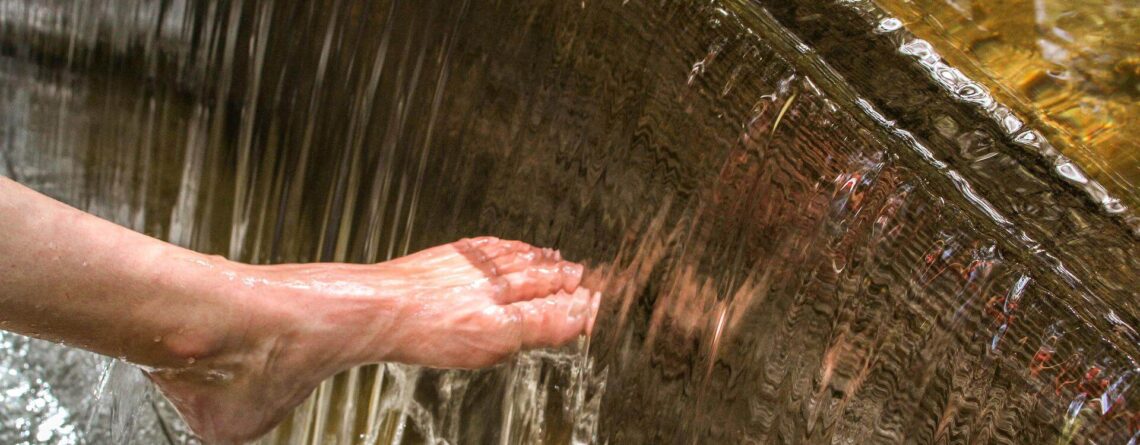
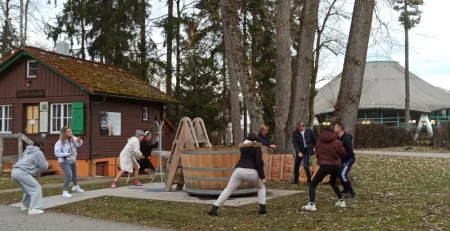



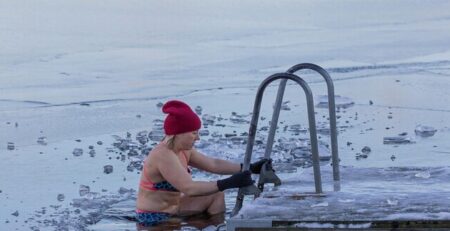
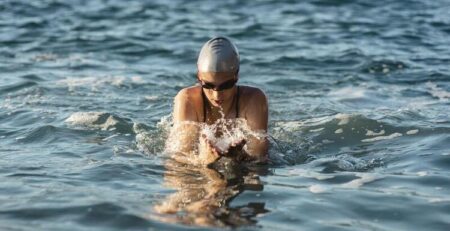
Leave a Reply